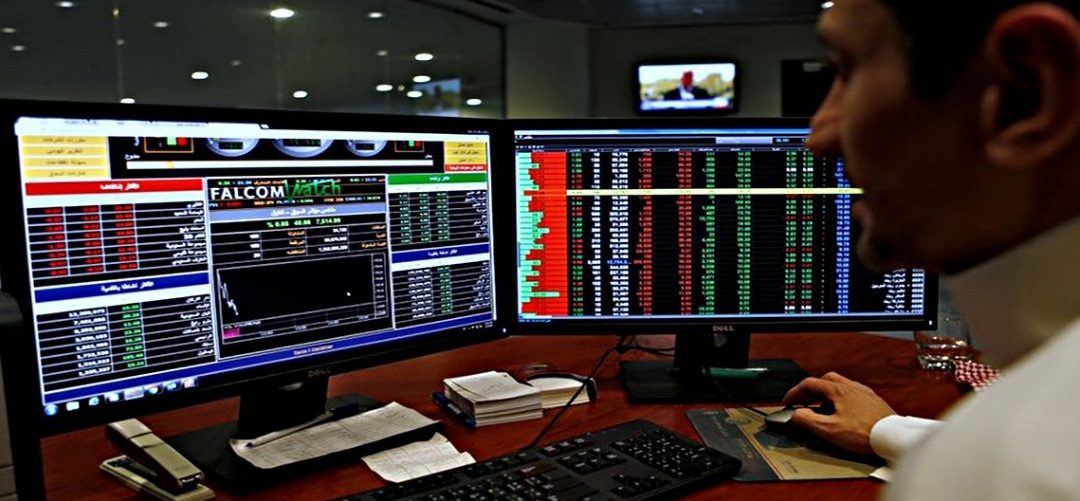On Wednesday, Indian equities markets rose more than 1.2 percent, led by advances in oil and gas corporations such as Reliance Industries and ONGC, as the government reduced the newly-introduced windfall tax on petrol, diesel, aviation fuel, and crude oil, following a dramatic drop in global oil prices. The benchmark BSE Sensex jumped 1.3% to 55,554 points, while the Nifty gained 1.4% to 16,568.The Center has eliminated a Rs 6 per liter tariff on petrol exports and cut the duty on aviation turbine fuel (ATF) to Rs 4 from Rs 6 per liter. Diesel tax has been cut from Rs 13 to Rs 11 per liter. The tax on locally produced crude has been reduced by 27% to Rs 17,000 per tonne.
Gains in global shares following a drop in the US dollar boosted market optimism. Overnight, the Dow Jones, S& P 500, and Nasdaq each gained about 3%, while developing markets such as the FTSE100, CAC 40, and DAX gained between 1-3%. Asian markets were also trading higher, with Japan’s Nikkei up 2.5% and Hong Kong’s Hang Seng index up 1.4%. Furthermore, falling commodity prices, with oil falling below $100 per barrel, boosted local equities.
“The benchmark index Nifty-50 rebounded rapidly, recovering more than 9% from its previous low.” Major Indian equity indices rose for the fourth consecutive day, reaching their highest level since June 7, 2022, on the back of bullish cues from global markets, as well as a decrease in windfall tax and duty cuts on petroleum exports. Corrections in the Dollar Index and FPI purchases also aid the market’s upward movement. In the benchmark index Nifty 50, the 16,700 level may work as an immediate obstacle, with a breach leading to a run-up to 17,000 in the near term, while on the downside, 16,300 may act as an important support zone,” said Akhilesh Jat, Category Manager – Equity Research.
Use price drops as purchasing opportunities.
“Indian equities markets are rising this week, with benchmark indexes Nifty and Sensex up around 3% so far thanks to a slowing in FII selling, improving global confidence, a cooling in commodities prices, and stronger fundamentals of the Indian economy.” “The largest fear is inflation, but it appears that the worst is behind us, and much of the pain has already been taken in by the market, while the Indian economy is demonstrating tremendous resilience,” said Santosh Meena, Head of Research, Swastika Investment Ltd.
“Technically, the Nifty has bottomed out,” he continued, “but 16,800-17,000 will be an immediate and key supply zone where we may expect some profit booking.” On the downside, 16300 will be the initial support level, with 16,000 being a crucial support level. Traders/investors should take advantage of every minor decline as a purchasing opportunity. However, this will not be as simple as it was last year, therefore stock selection will be critical.”

